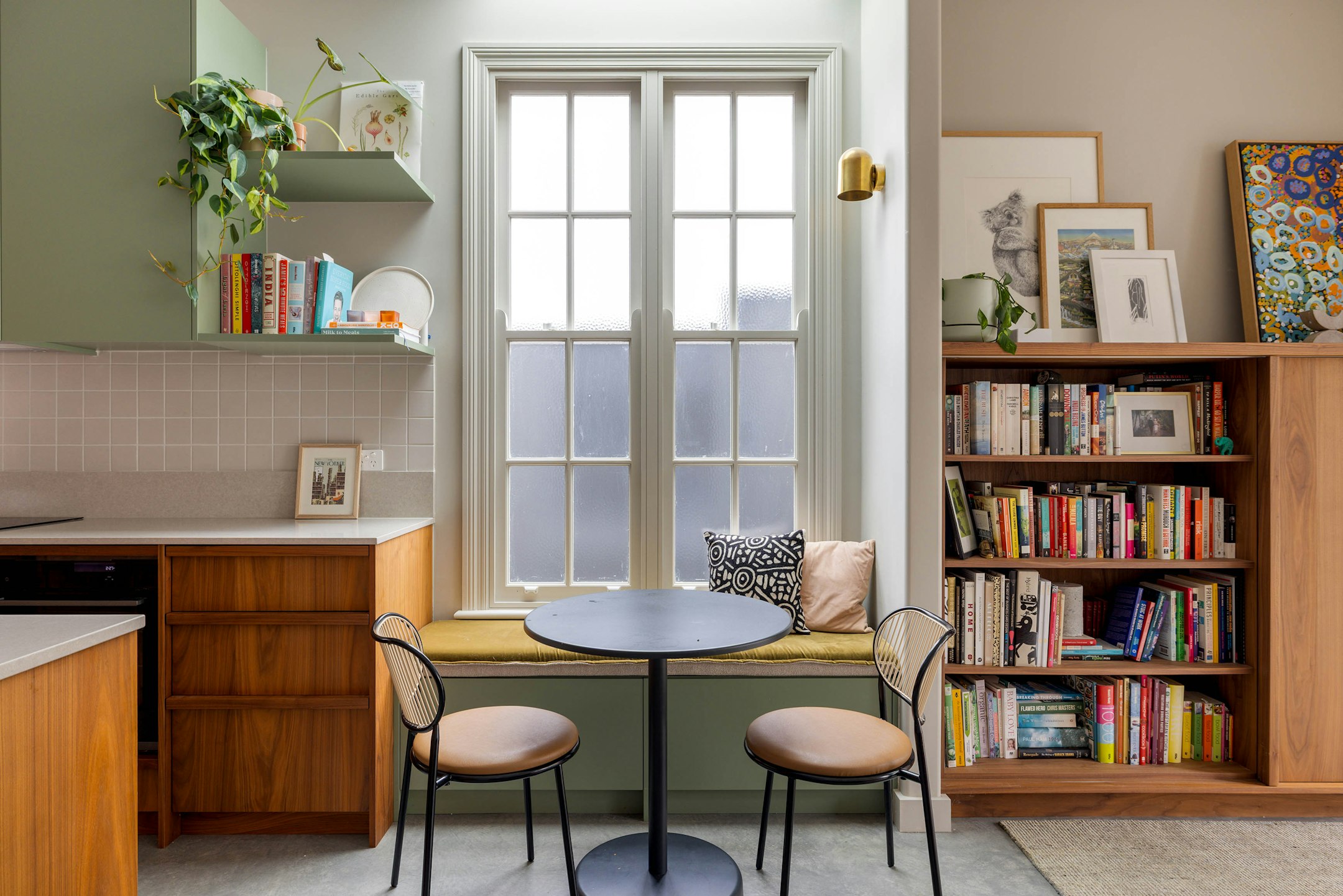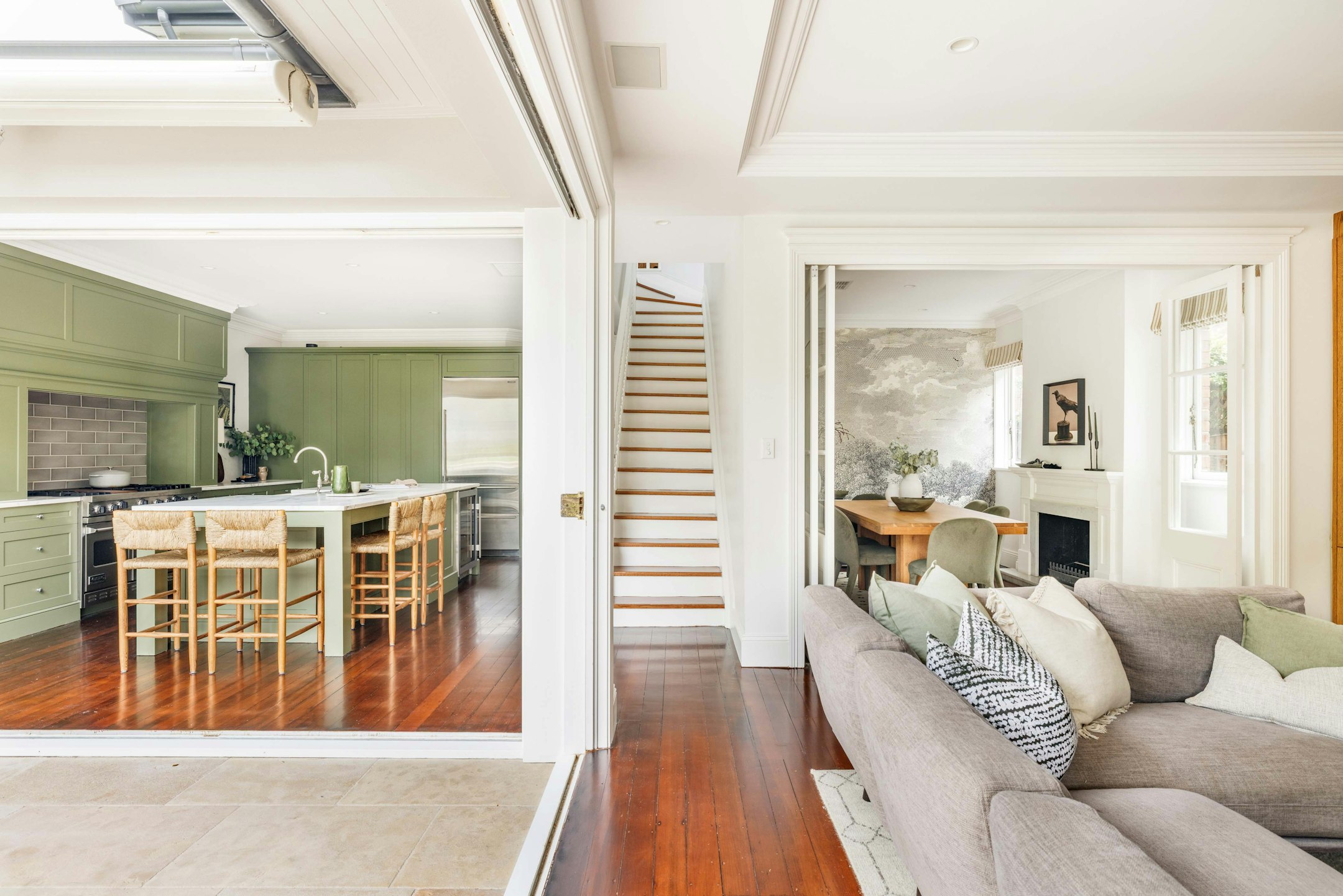Sydney’s auction clearance rate in April was reflective of this, with data from CoreLogic reporting a gradual softening since a February peak of 72.1%, following the interest rate cut earlier in the month. A 64.2% auction clearance rate on the final weekend of April marked the lowest since mid-December 2024. Auction volumes were also down by more than 50% year-on-year, with 398 held across Sydney compared to 667 in the same week last year.
Despite this, a healthy level of buying and selling activity remained across Sydney’s lifestyle markets, reflecting the resilience that’s come to define these key precincts. BresicWhitney sold 105 homes in April, outperforming the same period last year and equating to over $200 million in transactions. This followed a record $300 million in March sales, highlighting the strong momentum seen throughout 2025 so far, and the opportunities that remain for buyers and sellers in the current economic landscape.
“There’s a fundamental truth about the Sydney property market that continues to reveal itself: buyers seek quality, lifestyle and long-term value, and they act when they see it,” said BresicWhitney CEO Thomas McGlynn. "While areas like the Eastern Suburbs, the Inner West and the Lower North Shore are not immune to the economic challenges, property market sentiment appears to be more resilient than that across Greater Sydney.” BresicWhitney’s own auction clearance rate of 71% in April supports this view.
A momentary pause before a May uptick.
Author
BresicWhitney
The Sydney property market experienced a momentary slowdown in April, with consecutive public holidays weighing on buyer participation. This was compounded by the current interest rate environment, which despite first signs of easing, continues to restrict entry and affordability for many.

Field notes.
As for standout results, the $9,225,000 sale of the grand five-bedroom home at 59 Augustine Street Hunters Hill captured headlines when it sold at auction during the month. The price reflected a new record for the non-peninsula side of the suburb – it being one that continues to secure some of the most premium pricing results across Sydney. Fellow five-bedroom homes also sold in Putney (17 Mitchell Street - $3,517,000) and in Glebe (272 Glebe Point Road - $5,725,000).
Demand for homes sub-$1,500,000 also remained strong over April, reflecting the continued hunt for affordability that has been a theme over recent months. Many homes in this price category sold pre-auction, demonstrating the current appetite from buyers to transact in this manner, BresicWhitney said.
4/4 Hunter Street, Lewisham ($670,000), 402/9 William Street, North Sydney ($860,000), 307/76-78 Cope Street, Waterloo ($1,070,000), 407/425 Bourke Street, Surry Hills ($1,070,000) and 6/13 Wylde Street, Potts Point ($1,400,000) are just a few examples sold pre-auction in April.

Momentum holds as prices grow.
Sydney home values continued their steady climb, rising 1% over the quarter and 0.2% in April, reaching a median price of $1,200,000, according to CoreLogic. Top-performing suburbs included pockets of the Eastern Suburbs, the Upper North Shore, and the Northern Beaches. Nationally, home values rose 0.3% in April to a record median price of $825,349. Annual growth however slowed to 3.2% - the smallest yearly gain since August 2023.
With inflation now cooling, an interest rate cut in May appears increasingly likely which would underpin further price growth. Headline CPI was reported by the Australian Bureau of Statistics (ABS) at 2.4%, with trimmed mean inflation at 2.9% - both sitting within the Reserve Bank of Australia’s (RBA’s) target band for the first time since 2021.
“Interest rates are front and centre for many, if not all buyers, seeking sub-$5 million homes,” said Mr. McGlynn. “We are seeing strong inspection and enquiry numbers, but there are fewer active bidders than we saw after the initial rate cut and in some of the more competitive periods across 2024. More accessible finance would increase participation and strengthen buyer depth in the current market, within this price range.”
Mr. McGlynn noted that buyers in the $5,000,000 to $10,000,000 range are typically less mortgage-reliant and less influenced by rate forecasts, supporting steady activity and seller confidence in the premium market.
Despite ongoing political noise, BresicWhitney believes the outcome of the recent Federal Election and recent global tariff tensions are unlikely to materially impact the Sydney property market.

Supply and sentiment.
Rental demand remained solid in April, with BresicWhitney leasing 95 homes – up slightly from the 90 leased in April 2024. High enquiry levels and consistent open home foot traffic has kept vacancy rates near record lows across BresicWhitney.
The group’s Head of Property Management Chantelle Collin said conditions were consistently competitive. “We do experience peaks and troughs in demand, but these are less pronounced than in previous years. This suggests that the current levels of enquiry for quality rental homes will persist into the second half of 2025. However, new supply isn’t keeping pace, and current private investment levels are not robust enough to restore long-term balance to the market in this way.”
Data from analytics firm SQM Research revealed that weekly rents in Sydney for houses increased by 1% over the month and 1.9% over the quarter. While the annual change was a modest 0.2%, a three-year view highlighted a 10.2% increase.
Properties to have leased over the month by BresicWhitney include a five-bedroom home at 21A The Avenue Hunters Hill for $2,150 per week; a two-bedroom home at 35 Flinton Street Paddington for $1,500 per week; a three-bedroom home at 9 Excelsior Parade Marrickville for $1,350 per week; and a two-bedroom older-style apartment at 6 / 11-17 Watson Street Neutral Bay, for $720 per week.
On the upcoming NSW tenancy reforms - set to come into effect this month - Ms. Collin concluded: “These are important protections for tenants, but we must also remain mindful of solutions that add meaning for both parties over the long-term. Ensuring private property investment remains viable and attractive is critical to maintaining housing supply and delivering a pipeline of choice for tenants.”



